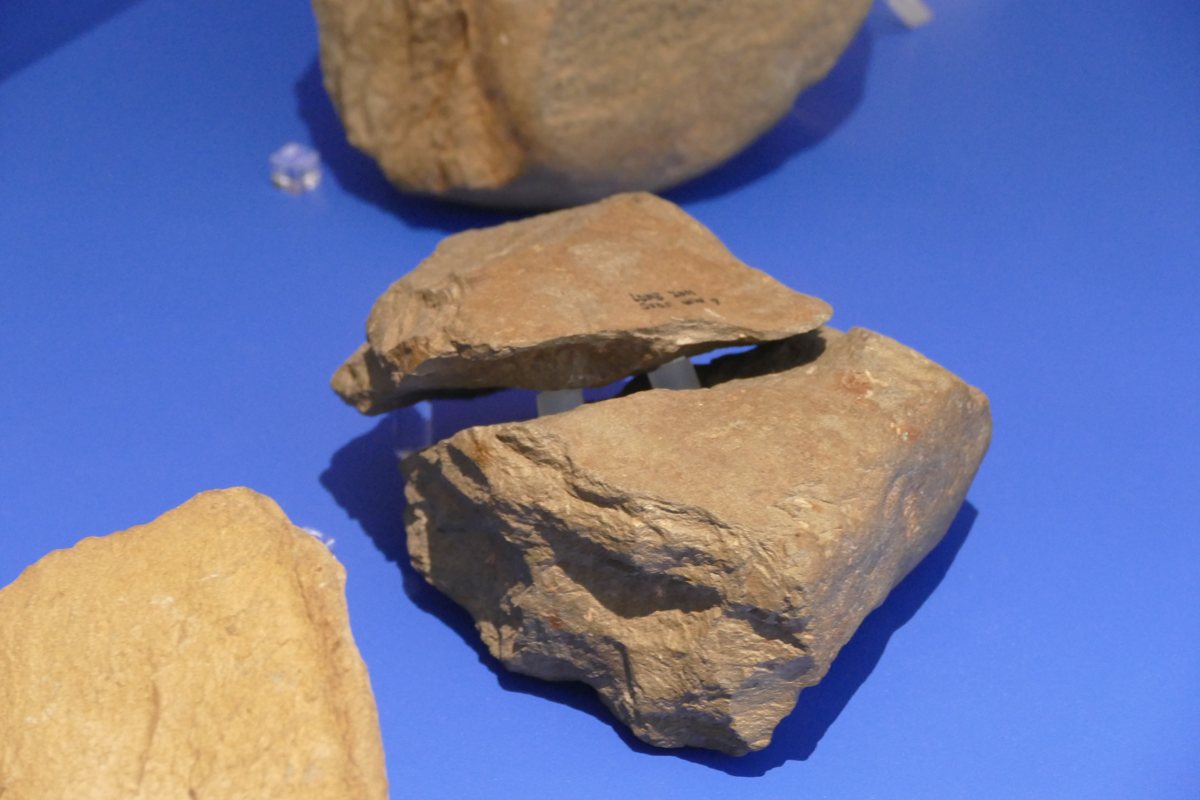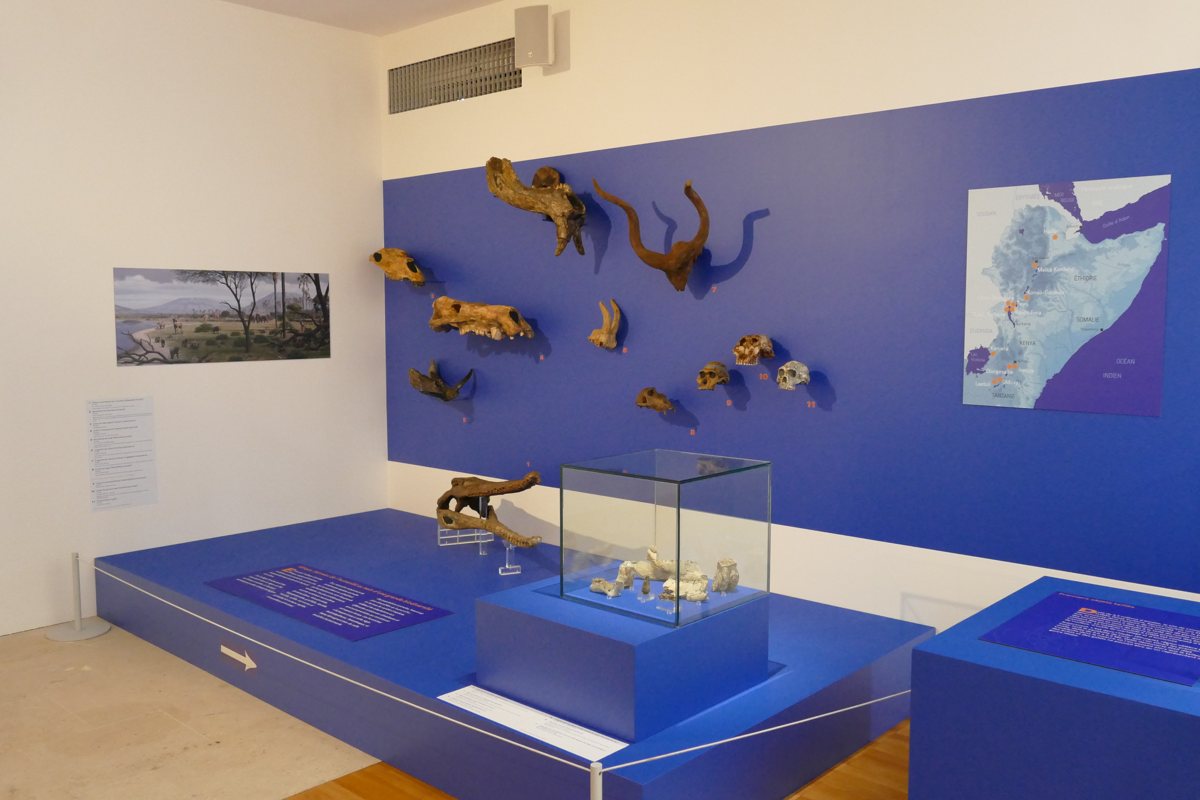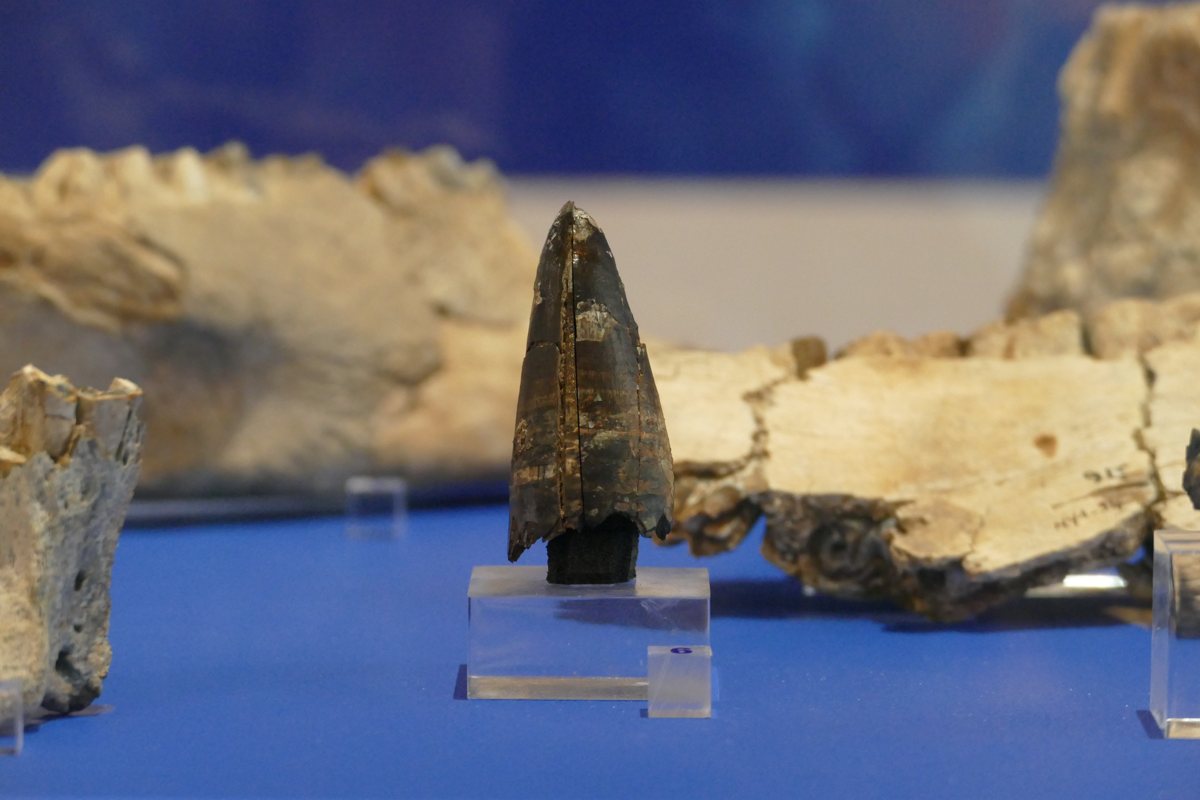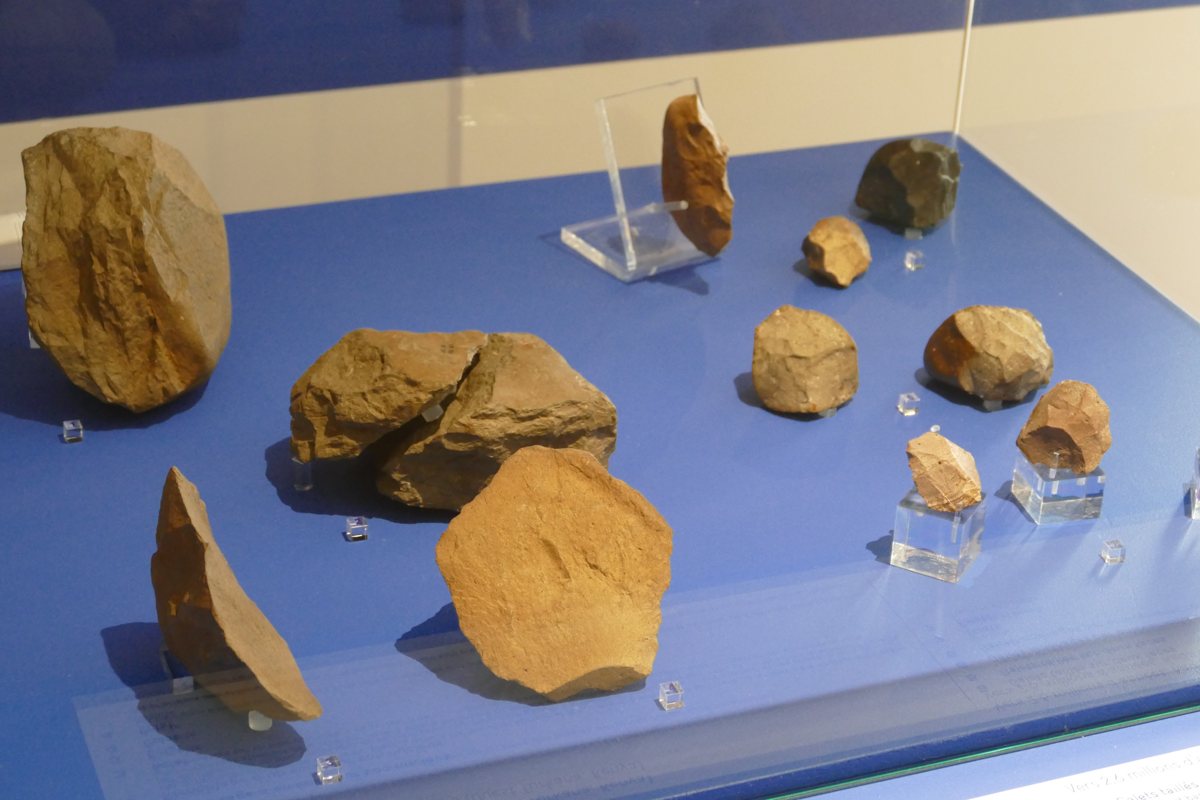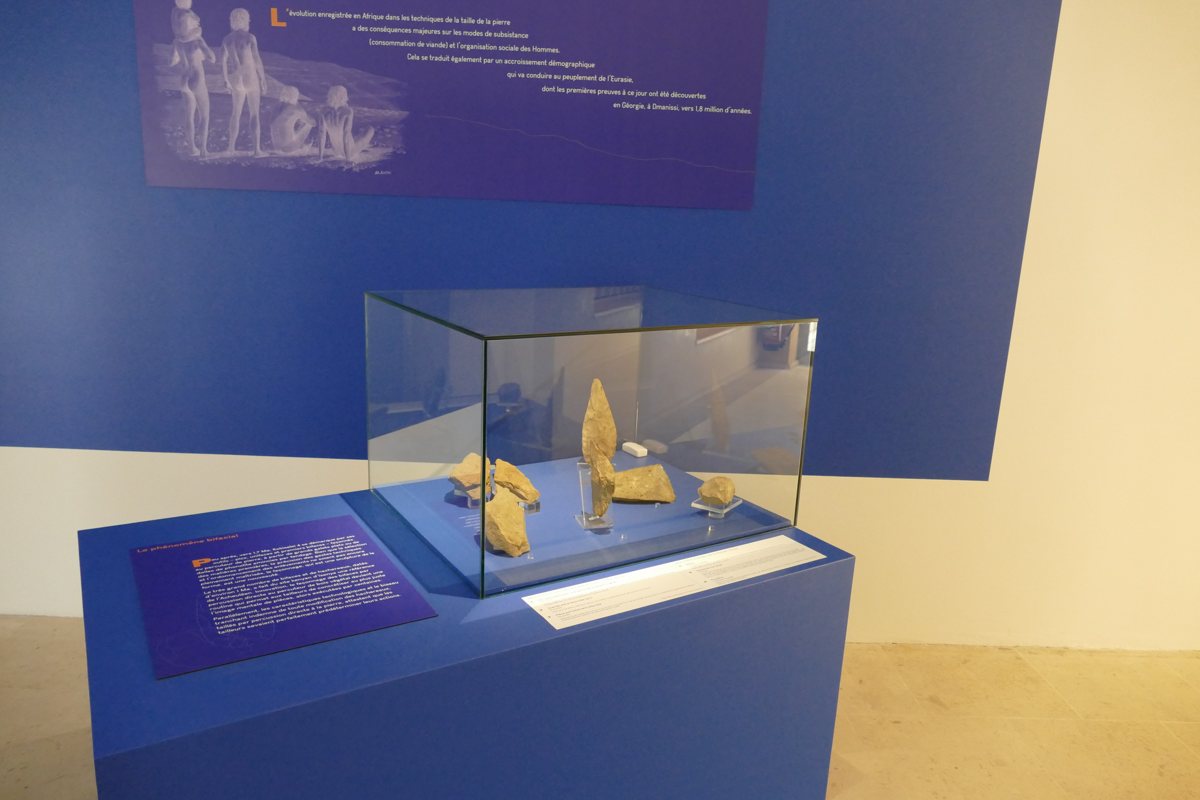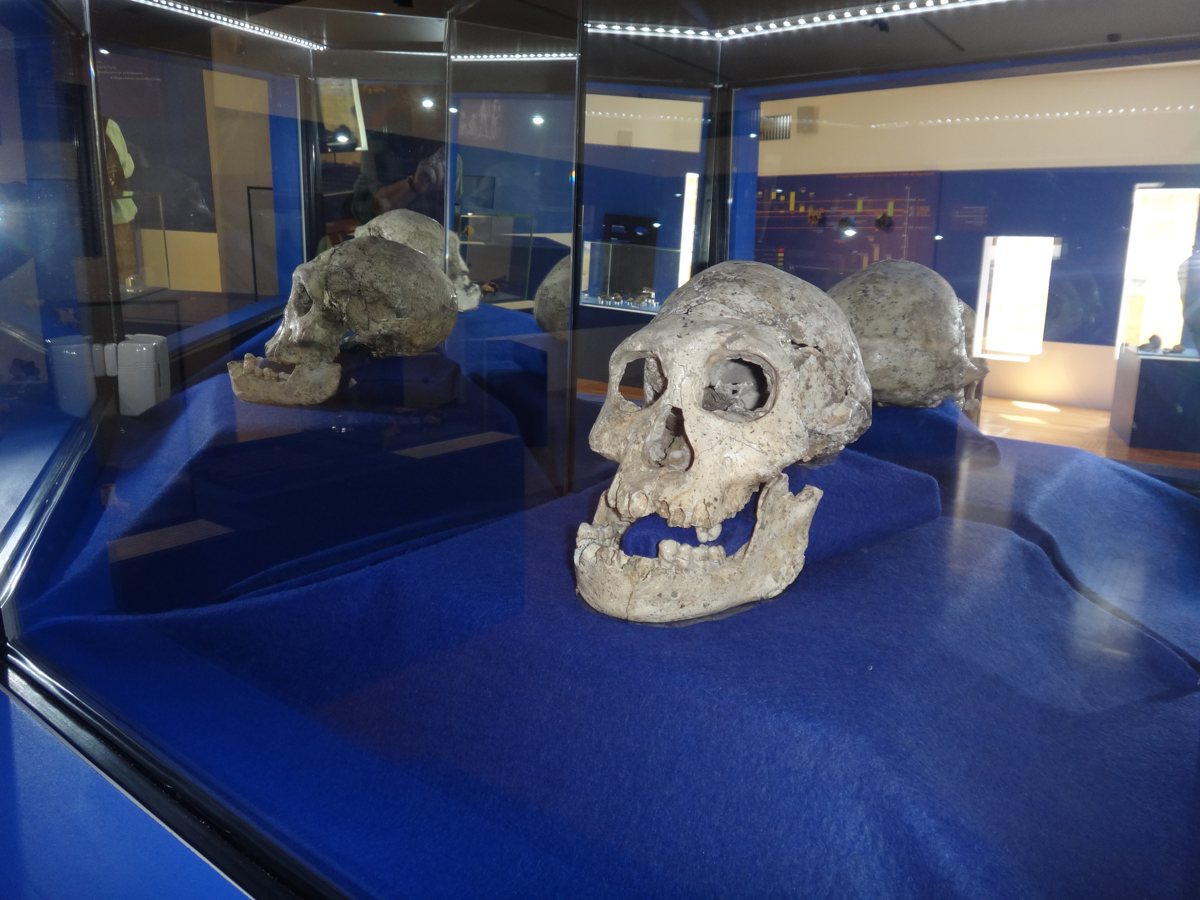The first stonecutters, the first artisans, fractured volcanic rocks, phonolite and basalt to produce sharp flakes.
This was 3.3 million years ago on the west bank of Lake Turkana, in Africa, in Kenya.
In terms of age, the former record breaking find had been “pebble tools”, said to be 2.6 million years old, discovered at Gona in Ethiopia in 1976 by the same team, directed at the time by Hélène Roche.
Carrying on with their research work, this French mission, now headed by Hélène Roche’s disciple, Sonia Harmand, has pushed the stone tool timeline back a further 700,000 years thanks to these new discoveries made in 2011 and 2012 whilst working on the West Turkana Archaeological Project.
Pierre-Jean Texier, a high-ranking lithic expert, one of the scientific commissioners of the HOMO FABER exhibition, with his light blue eyes and his warm smile, clearly explains just how important these objects are: flakes, nucleuses, hammerstones and anvils.
